
–
Reminiscent Tune of the Forest Spring 1
——
The craft of the gardens: Generally, in the construction of gardens, whether in the countryside or on the outskirts of a city, a secluded location is the best. In clearing woodland one should select and prune the tangled undergrowth; where a fine piece of natural scenery occurs one should make the most of it. Where there is a mountain torrent one may cultivate orchids and angelica together. Paths should be lined with the “three auspicious things”2 whose property it is to symbolize eternity. (2 These were either pine, bamboo and flowering plum, also known as the “three friends of winter,” or rocks, bamboo, and flowering plum.) 2
——
The phrase “the virtuous being” originates from A New Account of Tales of the World (Shishuo Xinyu), where Wang Huizhi pointed to a bamboo and said: “How can I live one day without this virtuous being?” The bamboo represents the spirits and beliefs of traditional scholars. The virtuous one is the shadow of intellectuals, and it has formed part of the everyday life, moving along with the changes of the times.
This project took two and a half years. It studied Yanshan Garden, the private garden of Wang Shi-zhen, an intellectual in the Ming dynasty, researching the immortality of Linquan (forests and streams ¡÷»™). Yanshan Garden is located in Taicang of Jiangsu province, and was built in the Wanli empire of the Ming dynasty. It was designed by Wang Shi-zhen, and built by garden-making master Zhang Nanyang. Afterwards it was open for the amusement of local villagers, making Yanshan Garden a public garden in the real sense. Then it was destroyed during the Republic of China, and was re-constructed in the 90s under the supervision of landscaping expert Yin Jishan. However, due to the city’s transport planning by the government, it was moved northward by a kilometer. Under government intervention, a playground and a Ferris wheel were built in the garden, turning Yanshan Garden into a peoples’ park. Over these three hundred years, circumstances had changed with the passage of time but also recurred at this point. Through our research, we found that we can only see the past and the future by directly confronting the present.
The scroll of The Virtuous Being and the Research for the Virtuous Being, which consists of research materials during creation process, together make up The Virtuous Being. Such a way of putting together an artwork comes from the tradition for painting followed by ancient scholars: the materialistic nature of painting does not mater that much, but rather it serves as a response to the integrated perception of the present, history, texts and nature. To Hao Liang, the process of studying Chinese painting, is more than a journey that unites painting technique and life experience; it is also an opportunity to reflect on the individual exploration of one’s relationship with the world. The intrinsic qualities of Chinese painting determine its abstract orientation, through the study of Chinese painting, we continuously delve into hidden realms of perception and history. We explore alternative timelines and gain access to a variety of life experiences that are obstructed by modern perceptual systems.

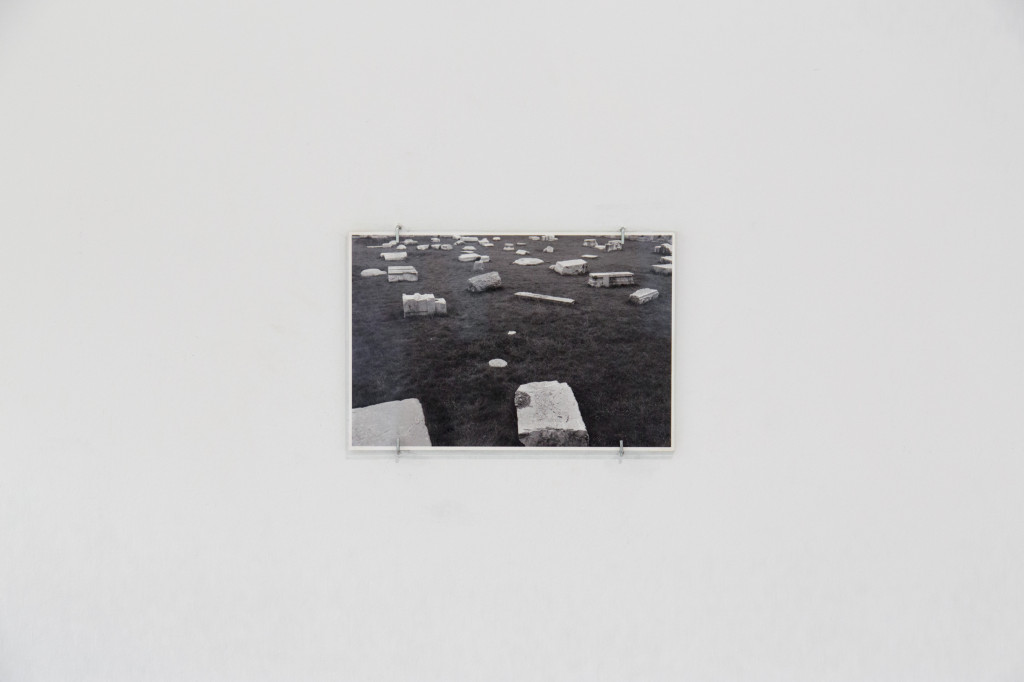
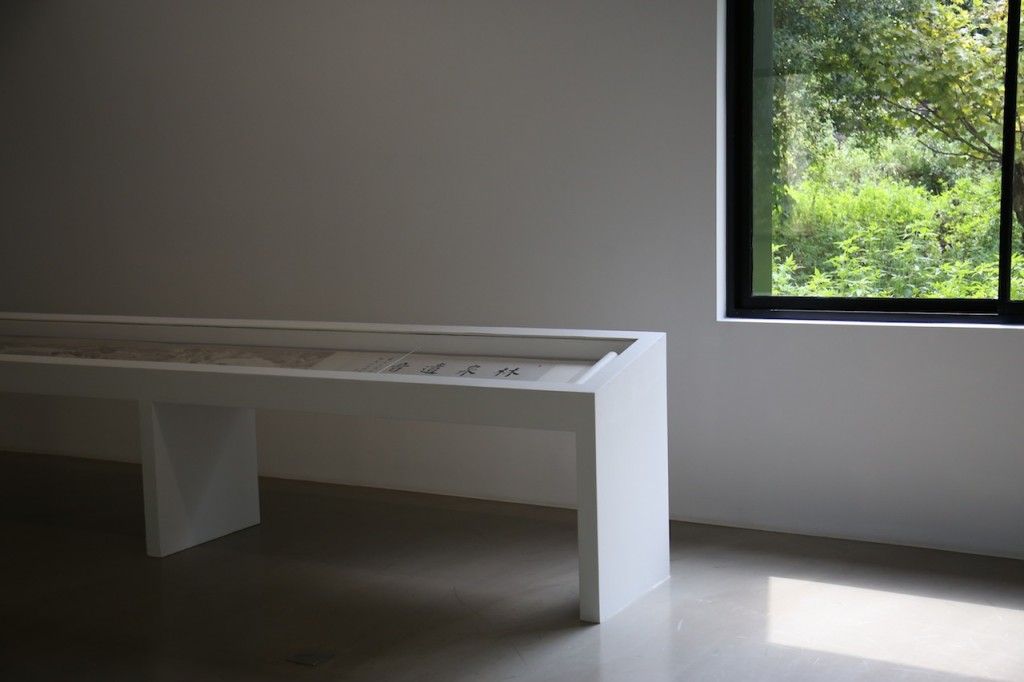
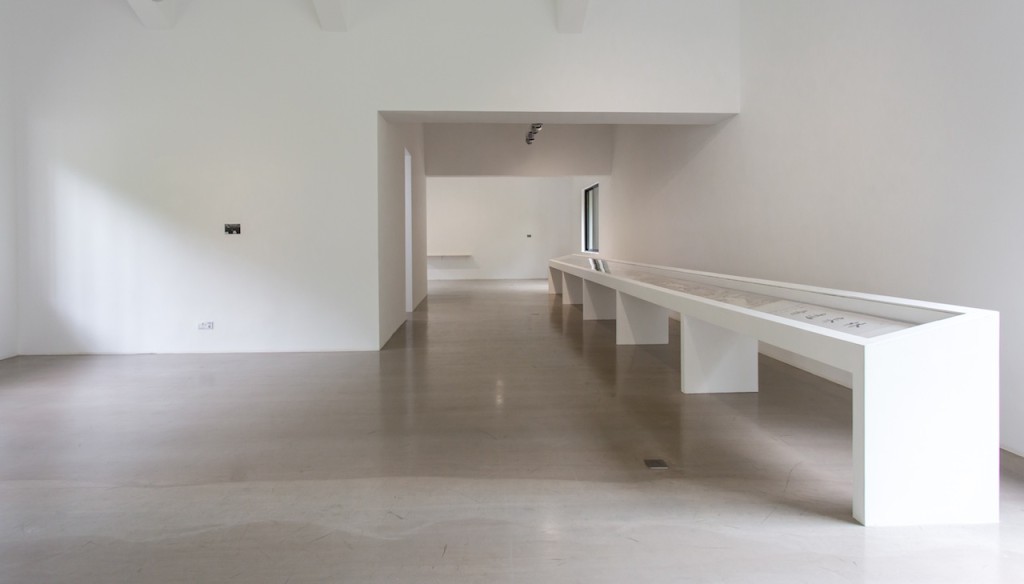
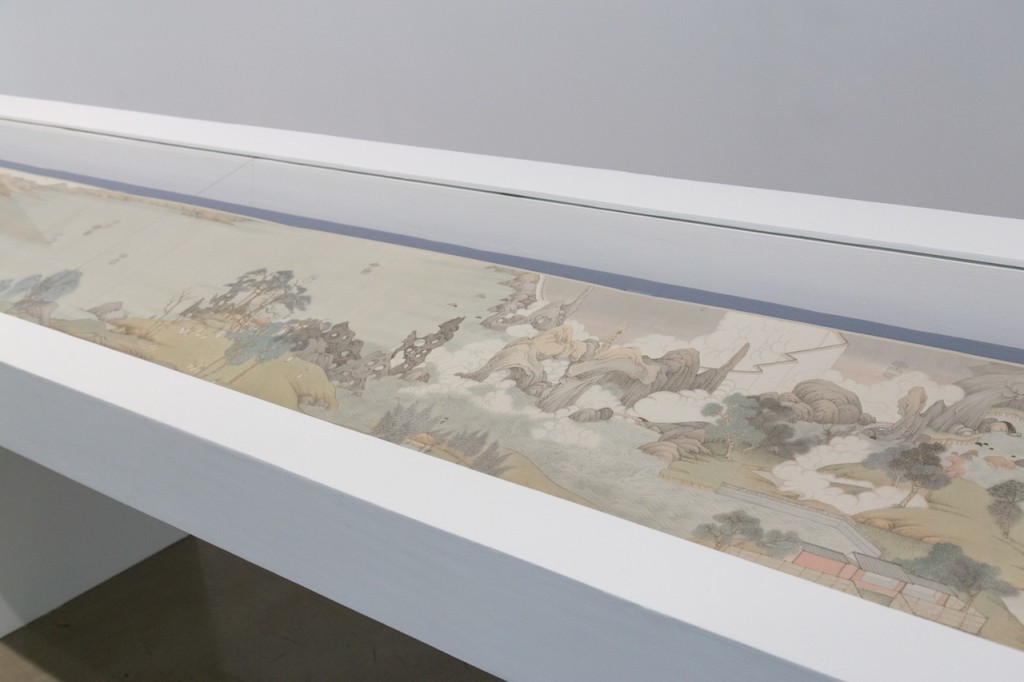
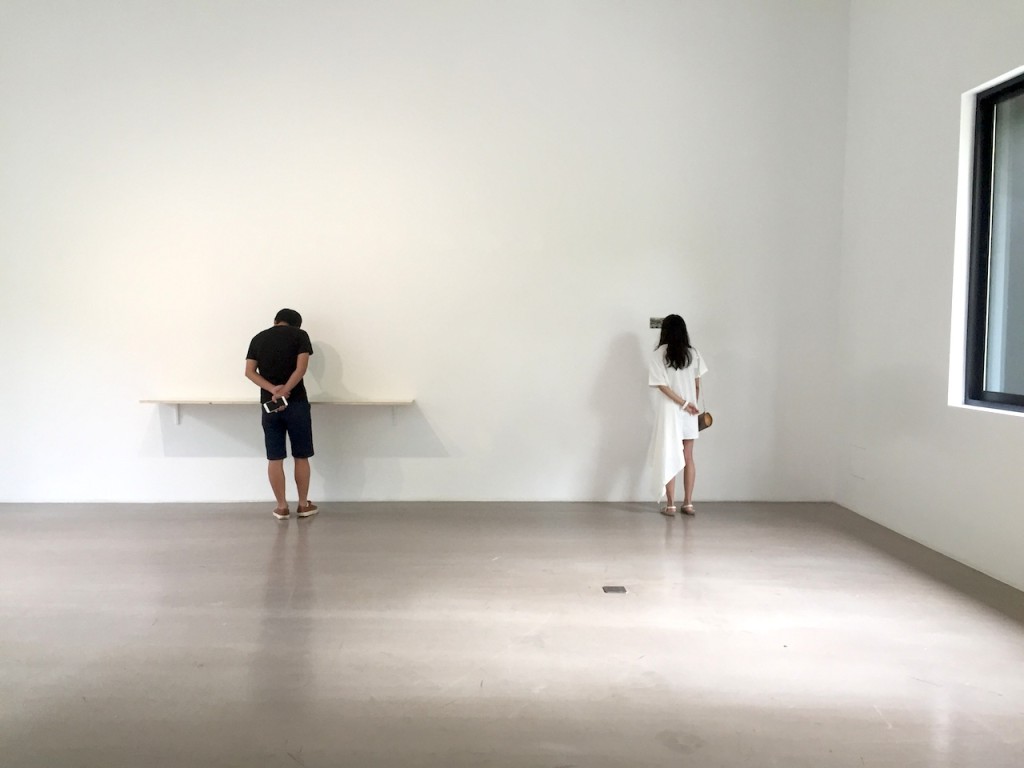
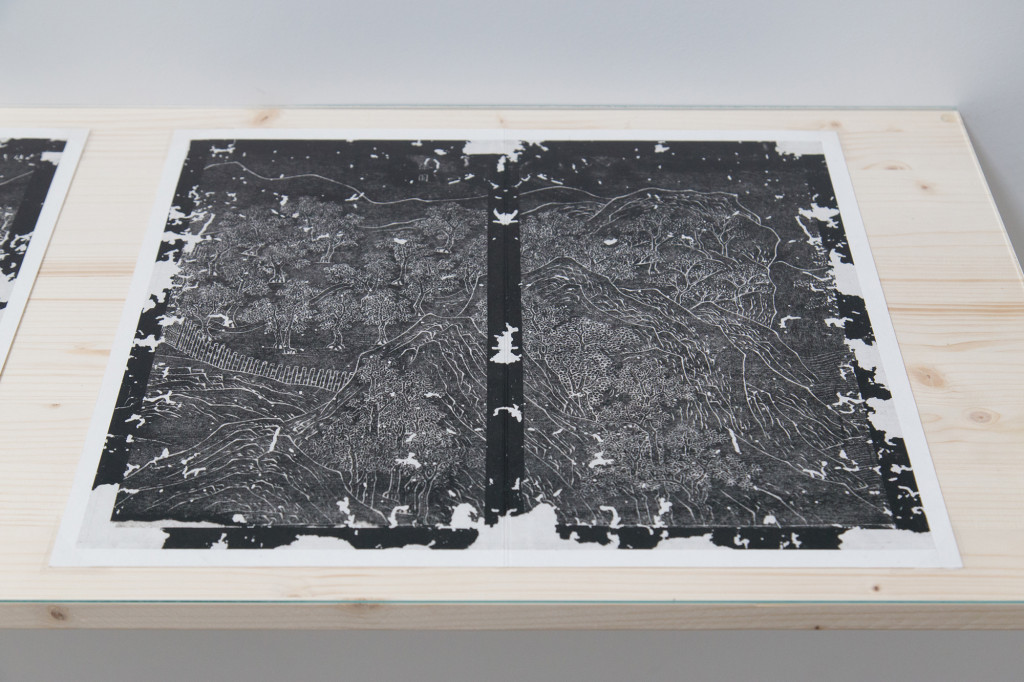
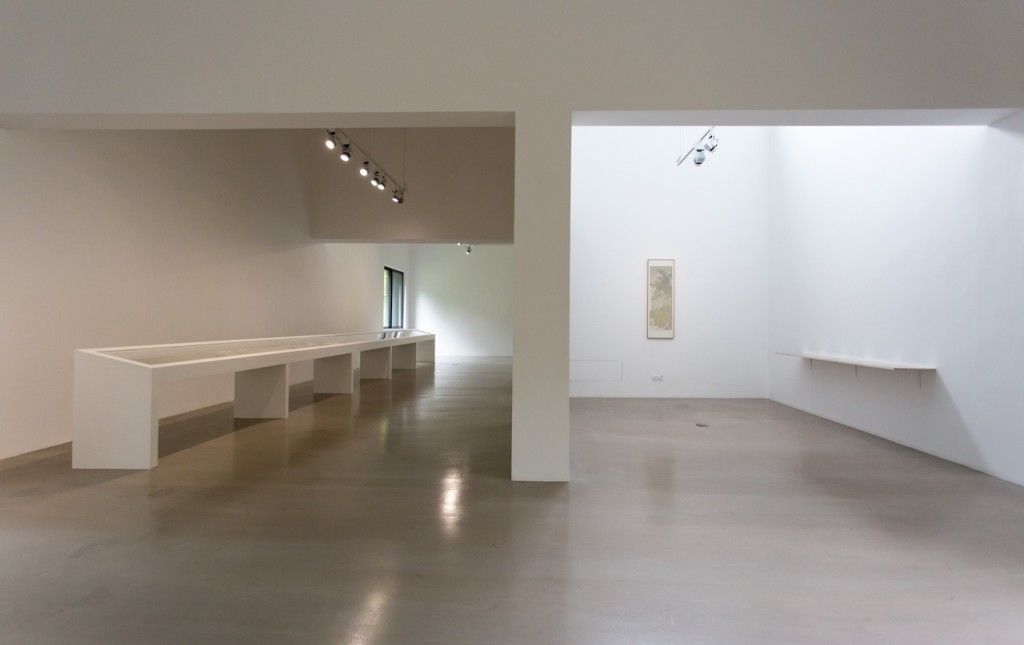
The exhibition view of Hao Liang: The Virtuous Being, Mirrored Gardens, 2016.
——
While we were wandering in the gardens, indulged in the secluded woods and waters, we often felt a sense of stillness without being aware of the fleeting of time. Until we have left the garden did we finally wake up from the dream and return to the reality… As if there were two different sets of time applied in and out of the gardens: one day spent in the gardens is a thousand in the world. 3
——
The Shanshui is not only about the object that you observe, but is also a reflection of your mind. 4
——
A hut constructed with bamboos, recorded in Remembering the Garden of Self-Enjoyment, this kind of construction method has been preserved in Japan but lost in China. Through the complex configuration of the hut, Bamboo Hut explores the means to create painterly space with “looseness and density” as well as graphical colours, the latter draws reference from the patterns and colour schemes of ancient textiles. This series of works focuses on the study of forms and colours.
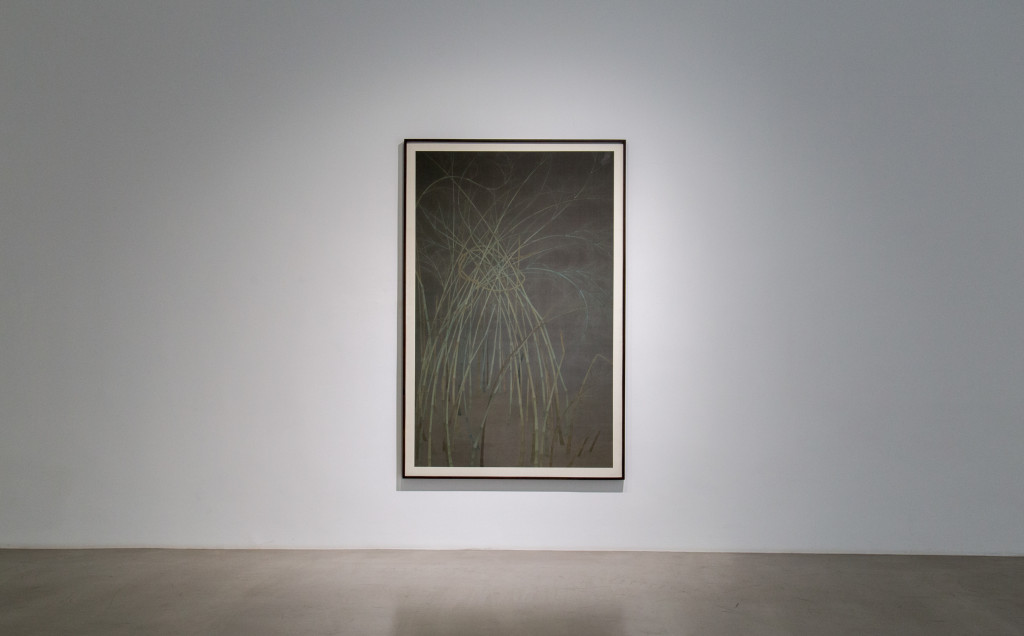
——
So relentless are the trips of the flying birds,
Autumns hues returning to the stretching hills.
Up and down the Huazi Ridge,
In endless melancholy I grieve. 5
——
Our knowledge of ancient officials mainly came from written records and portrait paintings. The intrinsic spirit conveyed in the portraits of the official was designated by the scholars, while the execution of the paintings was done by the craftsmen. These paintings employed interesting paradigms, for instance, depicting the hands of the officials according to the image of Xian’s (Chinese deities) hands. This homogeneity left by the scholars ascribed a distinctive charisma to these paintings. In From Xian to Gui, I wish to illustrate the characteristics and states of the officials through analyzing the craftsmen’s techniques employed in the paintings and the scholars’ dialectical thoughts on objects.
In From Xian to Gui II, the face of the Virtuoso is in fact identical to Shi Tao. However, it was transformed into another person after physiognomical adjustments. This painting reveals the Chinese cosmology of “Five Sacred Mountains of China and Enormous Stream” of traditional portraits. The chosen Mortise-and-Tenon is one of the most unique structures in ancient Chinese architecture: the joint of three pieces of wood forms 6 directional connections. Such accuracy was originated from the great ideas of the Gui Virtuoso and served as a unique feature that balanced the state of the scholar.
Xian (仙) refers to men who engage the secular world yet transcend the mundanity through self-cultivation. Gui (鬼), borrowed from a Chinese idiom Gui Fu Shen Gong (鬼斧神工), is used to describe superlative workmanship. Essentially, Xian and Gui represent the balance that the Chinese intellectuals achieved between wisdom and practice.
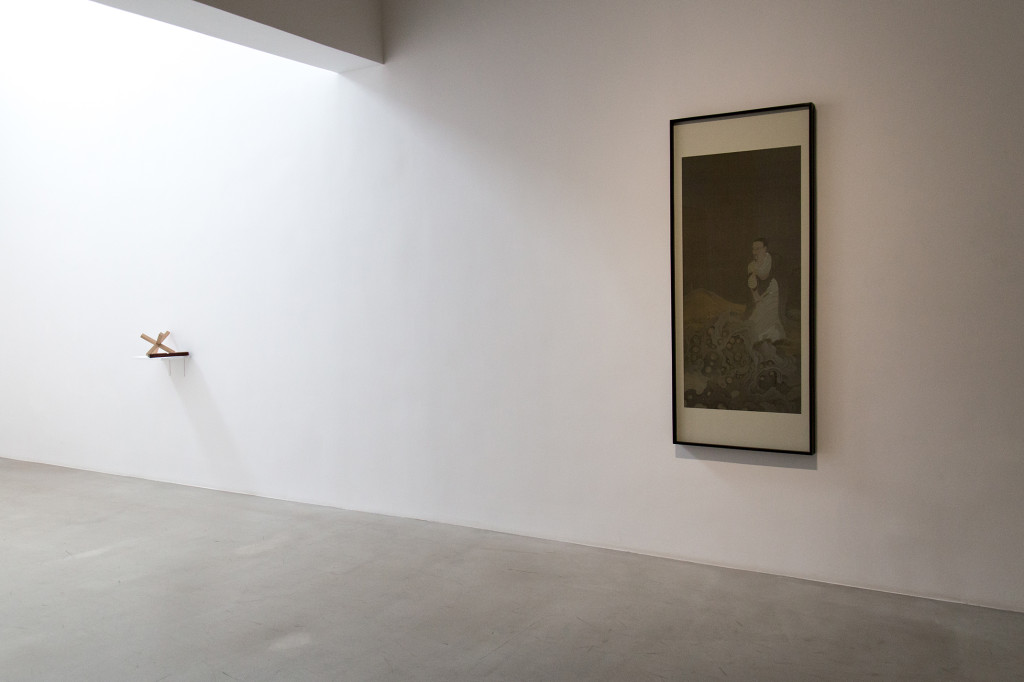
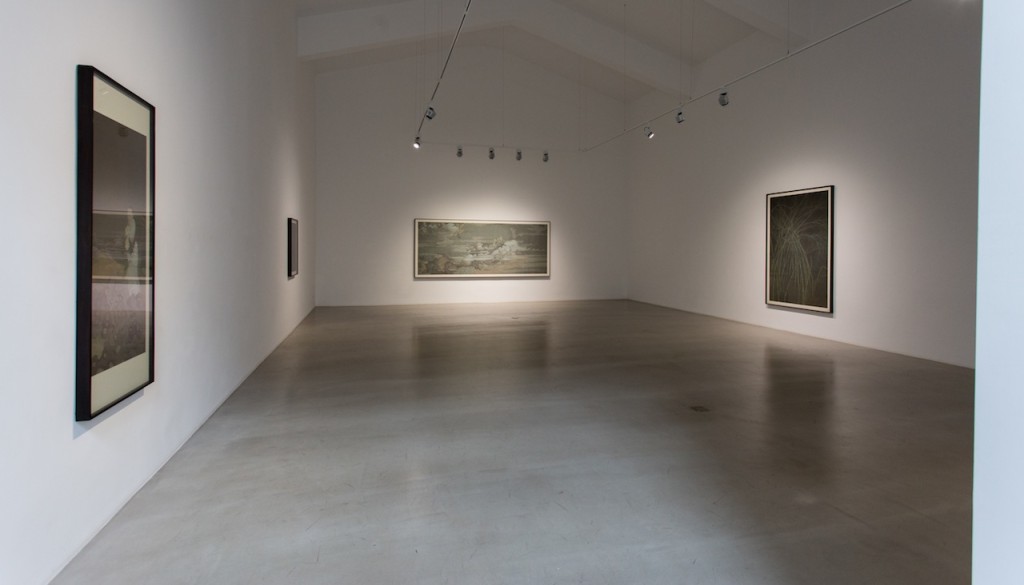
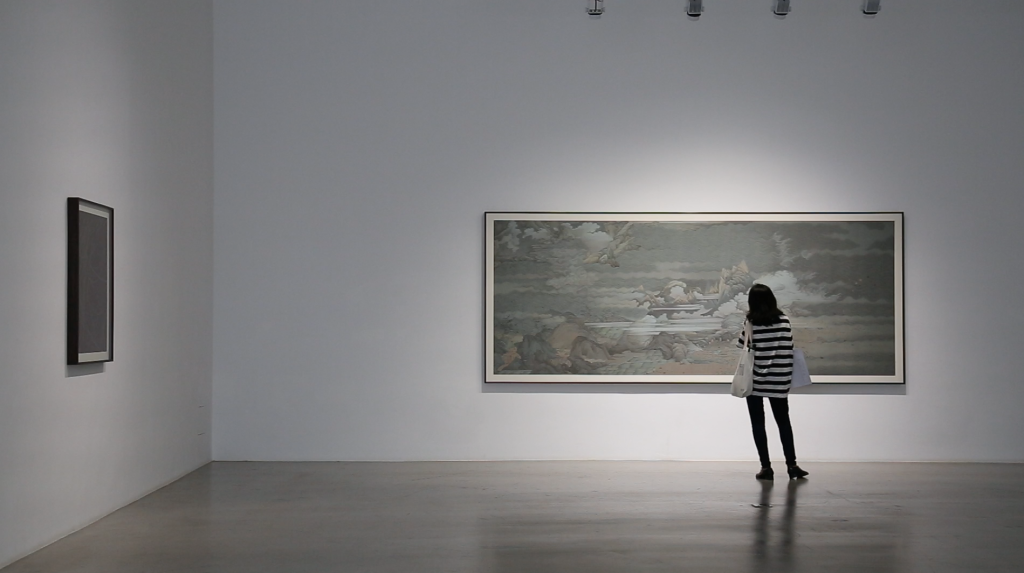
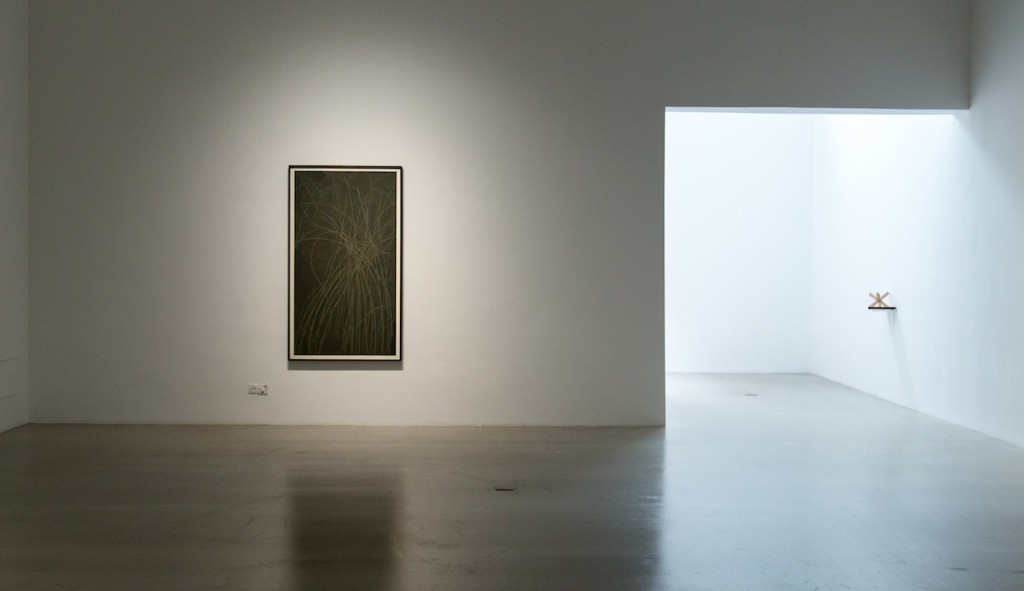 The exhibition view of Hao Liang: The Virtuous Being, Mirrored Gardens, 2016.
The exhibition view of Hao Liang: The Virtuous Being, Mirrored Gardens, 2016.
——
Just as the traces of nature, the forming of the imagery of painting began at the very origin of human beings; we also know where humans are positioned in the world, ‘when’ the world started to realize and express itself through language. “Mountains and rivers met me in spirituality and transformed into forms.” And we all know, “transformation” (迹) itself points to “self-transformation.” 6
——
In the geographical sense, Xiaoxiang indicates the Dongting Lake region within the territories of Hunan and Hubei Provinces, while “Eight Views of Xiaoxiang” is not a depiction of the natural sceneries, but an aesthetic imagery cast through ceaseless interpretations, the quests and imaginations of the intellectuals throughout history. Ever since Song Dynasty, painters including Dong Yuan (934-962 AD), Mu Xi (died in 1281 AD), Wen Weiming (1470-1559 AD) have been giving this subject diverse visual representations.
Mind Travel through Xiaoxiang responds to the scroll of the Imaginary Travel through Xiaoxiang by Li from the Southern Song Dynasty, while Li’s Xiaoxiang is immersed in tranquil waters, Hao intentionally made his painting contrast the calmness of Li’s, bringing in dynamics and conflicts in order to form a perceptual veining of the present via the structure and language of the painting.
In Hao Liang’s upcoming solo exhibition at the UCCA in November this year, his new series based on the theme of Eight Views of Xiaoxiang will be presented on focus, and so provided us further scrutiny on how the artist investigates different entry points around the theme in order to construct a universe where the past and the present interweaved.
——
If we are to talk about the oddities of the views, then paintings are inferior to Shanshui; yet if we are to talk about the virtuosity and ingenuity of the ink and brush, then Shanshui is inferior to painting. 7
——
For here the day unravels what the night was woven. When we awake each morning, we hold in our hands, usually weakly and loosely, but a few fringers of the tapestry of lived life, as loomed for us by forgetting. 8
Text edited by Vitamin Archive.
Image Courtesy Vitamin Creative Space.
1 “Reminiscent Tune of the Forest Spring” was derived from the Frontispiece (yinshou) by Bai Qianshen dedicated to the scroll of “The Virtuous Being”.
2 C.Ji, The Craft of Gardens: The Classic Chinese Text on Garden Design, Shanghai Press, 2012
3 J.Cahill, X.Huang, S.Liu, The Eternal Woods and Spring: Paintings of Gardens in Ancient China, Joint Publishing (H.K.) Press, 2012
4 Quotes from Tempering the Mortal Body – Hu Fang in Conversation with Hao Liang, Hao Liang: Secluded and Infinite Places, The Pavilion, 2014
5 W.Wang, The Huazi Ridge, ca.740
6 Francois Jullien, The Spirit of a Landscape, included in Shan Shui Zhi Jing – Zhong Guo Wen Hua Zhong De Feng Jing Yuan Lin (山水之境——中国文化中的风景园林), edited by Wu Xin, Joint Publishing House, Beijing, 2015, pp. 24-25.
7 Quoted from Dong Qichang(董其昌): Hua Zhi (画旨)
8 W.Benjamin, The Image of Proust, included in Illuminations: Essays and Reflections, edited by Hannah Arendt, Ballantine Books, 1969
[ About the Artist ] >>
- Exhibition view of “Hao Liang: The Virtuous Being” at Mirroed Gardens, 2016. Photo: Vitamin Archive
- Exhibition view of “Hao Liang: The Virtuous Being” at Mirroed Gardens, 2016. Photo: Vitamin Archive
- Exhibition view of “Hao Liang: The Virtuous Being” at Mirroed Gardens, 2016. Photo: Vitamin Archive
- Exhibition view of “Hao Liang: The Virtuous Being” at Mirroed Gardens, 2016. Photo: Vitamin Archive
- Exhibition view of “Hao Liang: The Virtuous Being” at Mirroed Gardens, 2016. Photo: Vitamin Archive
- Exhibition view of “Hao Liang: The Virtuous Being” at Mirroed Gardens, 2016. Photo: Vitamin Archive
- Exhibition view of “Hao Liang: The Virtuous Being” at Mirroed Gardens, 2016. Photo: Vitamin Archive
- Exhibition view of “Hao Liang: The Virtuous Being” at Mirroed Gardens, 2016. Photo: Vitamin Archive
- Exhibition view of “Hao Liang: The Virtuous Being” at Mirroed Gardens, 2016. Photo: Vitamin Archive
- Exhibition view of “Hao Liang: The Virtuous Being” at Mirroed Gardens, 2016. Photo: Vitamin Archive
- Exhibition view of “Hao Liang: The Virtuous Being” at Mirroed Gardens, 2016. Photo: Vitamin Archive
- Exhibition view of “Hao Liang: The Virtuous Being” at Mirroed Gardens, 2016. Photo: Vitamin Archive
- Exhibition view of “Hao Liang: The Virtuous Being” at Mirroed Gardens, 2016. Photo: Vitamin Archive
- Exhibition view of “Hao Liang: The Virtuous Being” at Mirroed Gardens, 2016. Photo: Vitamin Archive
- Exhibition view of “Hao Liang: The Virtuous Being” at Mirroed Gardens, 2016. Photo: Vitamin Archive
- Exhibition view of “Hao Liang: The Virtuous Being” at Mirroed Gardens, 2016. Photo: Vitamin Archive
- Exhibition view of “Hao Liang: The Virtuous Being” at Mirroed Gardens, 2016. Photo: Vitamin Archive
Hao Liang: The Virtuous Being
Opening: 2:30-5:30pm, 3 September (Saturday), 2016
Duration: 4 September – 27 November,2016
Venue: Mirrored Gardens
Daily open hours: Wednesday to Sunday, 11am to 5pm
Address: Hualong Agriculture Grand View Garden, Panyu, Guangzhou, China
Tel: +86-20-31043759
Contact: mail@mirroredgardens.art
Lighting system research and support: Yangdong Fitech Technology Co., Ltd.
Textile research in collaboration with Kvadrat
















